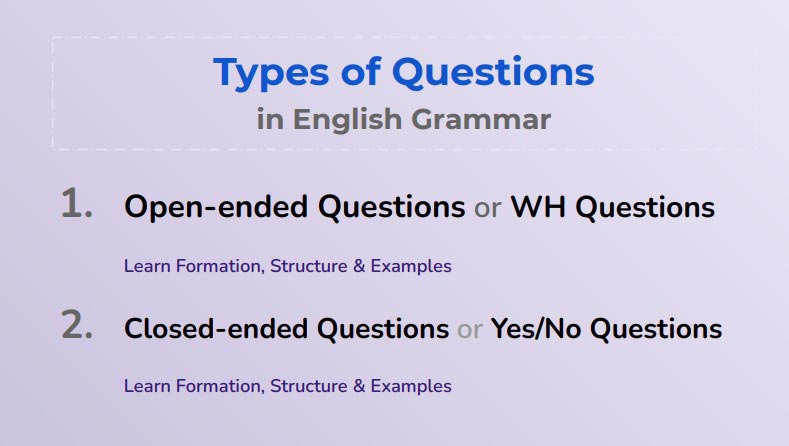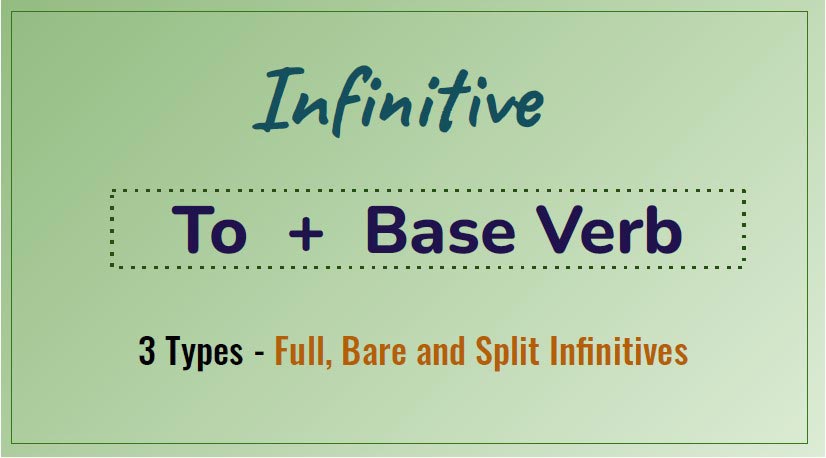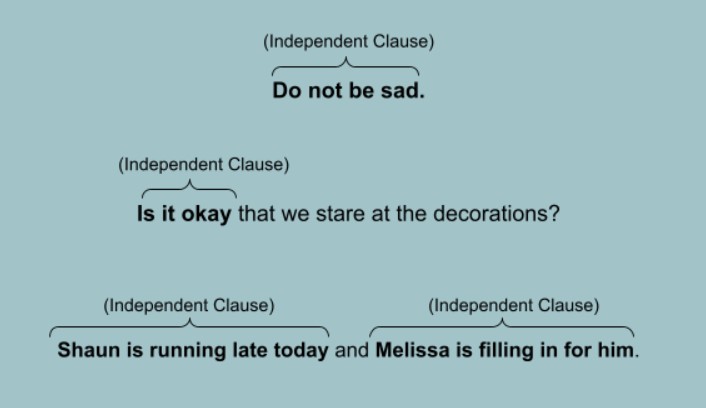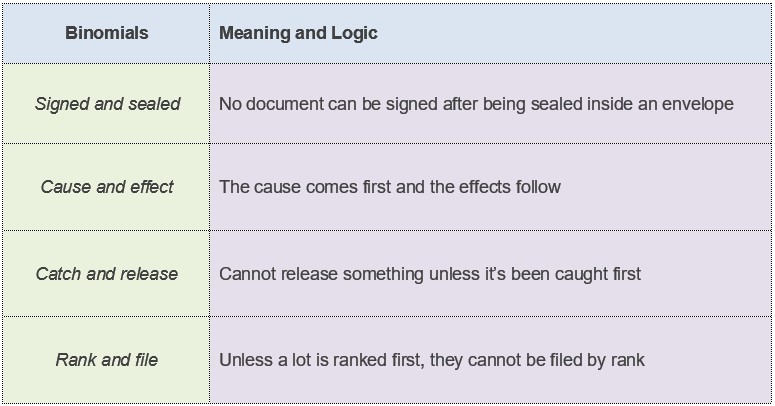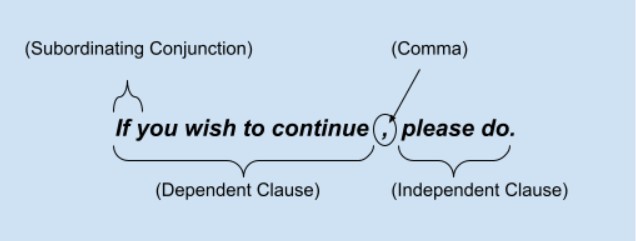Linking Verbs: Definition, Examples and Lists

A verb shows the power of action, and it also can connect ideas. And these verbs are called "Linking Verbs", and if we want to call it vastly then we consider them as "a state of being verbs".
To know more about linking verbs, we need to talk about action verbs. These verbs express some physical or mental action that a person, animal, object or even nature can do. Action verbs are words like drink dance, eat and swim. Action verbs are different from linking verbs, which we can think of as "states of being" verbs.
All forms of be verbs are linking verbs. For example: are, am, is, were, was etc. Besides, verbs that have to do with the five senses are linking verbs: feel, look, smell, sound and taste.
So we come to the point that linking verb is not an action verb. It tells about what the subject is not what it’s doing.
For example: Sneha’s cat is tired, here shows the condition of Sneha’s cat, not what it’s doing. So here “is” is working as a linking verb.
Examples of linking verbs in sentences:
There are so many linking verbs. It depends on how we do the counting, but there are about a dozen and a half common linking verbs.
- The tomato smells rotten.
- The professor is absolutely sure.
- My brother gets mad when he’s hungry.
- Lean was tired until the caffeine kicked in.
- The company stays true to its founding principles.
The underlined words are linking verbs. They're all examples of states of being. In fact, we could replace the verbs smell, gets and stays with the verb "is" and the meaning would remain the same.
- The tomato is rotten.
- My brother is mad when he’s hungry.
- The company is true to its founding principles.
Of course, there’s certainly a shade in meaning when we say that a tomato smells rotten instead of that it is rotten, but we get the idea.
But sometimes they’re not expressing themselves as linking verbs. When they’re transitive verbs, meaning that they take an object. Let’s consider the following examples:
- You should stop and smell the roses.
- Get me a roast beef sandwich, please.
- The judge stayed the execution.
In each case, the verb smell, get, and stay have a direct object (roses, sandwich and execution, respectively). There's no state of being involved.
List of linking verbs:
We tried to bring up most of the linking verbs into this very list.
Forms of be:
|
Is |
Can be |
May be |
|
Are |
Could be |
Might be |
|
Am |
Will be |
Must be |
|
Was |
Would be |
Has been |
|
Were |
Shall be |
Have been |
|
|
Should be |
Had been |
The “Five Sense” verbs:
Feel: This sweater feels itchy.
Look: The sculpture looks strange.
Smell: The dinner smells wonderful.
Sound: That doorbell sounds broken.
Taste: This soup tastes delicious.
The “States of Being” verbs:
| Act | Grow | Stay |
| Appear | Prove | Turn |
| Become | Remain | |
| Get | Some |
Now we need to know about the differences between linking and helping verbs to have a constructive idea of linking verb.
A linking verb doesn’t always act like a linking verb. Well, that’s because a word like “is” can also play an auxiliary or helping role in a sentence.
For example, in the sentence, Malcom is drawing a picture, the word “is” isn’t a linking verb. It’s a helping verb. It’s there to “help” the main verb in the sentence (drawing).
So, how do we tell whether a word on our list of linking verbs above is playing the part in a given sentence?
If it’s followed by a predicate adjective or predicate noun, then it’s a linking verb. But if it’s next to an “-ing” verb, then it’s a helping verb.
For example:
- My friends are dancing at Stella’s tonight.
Here, “-are” is a helping verb because the –ing verb follows it.
- The girls are happy because they’re eating all together.
Here “-are” is a linking verb because a predicate adjective follows it.
Grammar
Read More
- How to Use "Therefore" in Sentences Avoiding Common Mistakes
- How to Use "Whereas" with Examples and Avoid Common Mistakes
- When and How to Use "Thus" Correctly Without Common Mistakes
- How to Use "On the Contrary" Properly with Meaning and Examples
- When and How to Use "Either/Or" with Examples and Common Mistakes to Avoid
- How to Use "On the Other Hand" Effectively without Mistakes
- How to Use "Respectively" with Example and Common Errors to Avoid
- How and When to Use "Moreover" Without Mistakes
- How to Use "Likewise" in Sentences Based on Context & When not to Use
- When & How to Use "Although" in Sentences to Avoid Mistake

